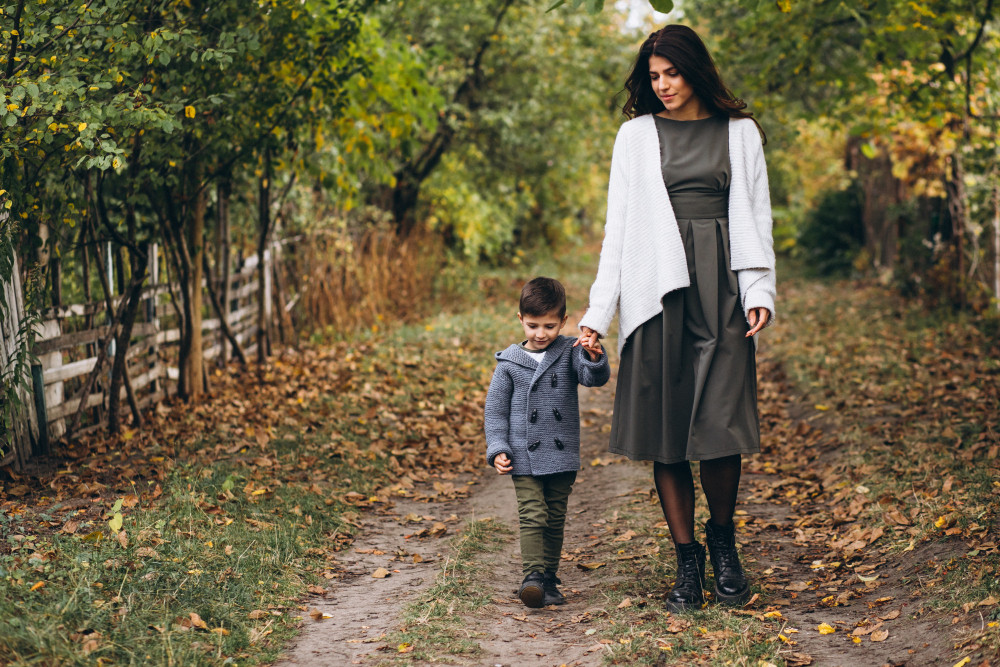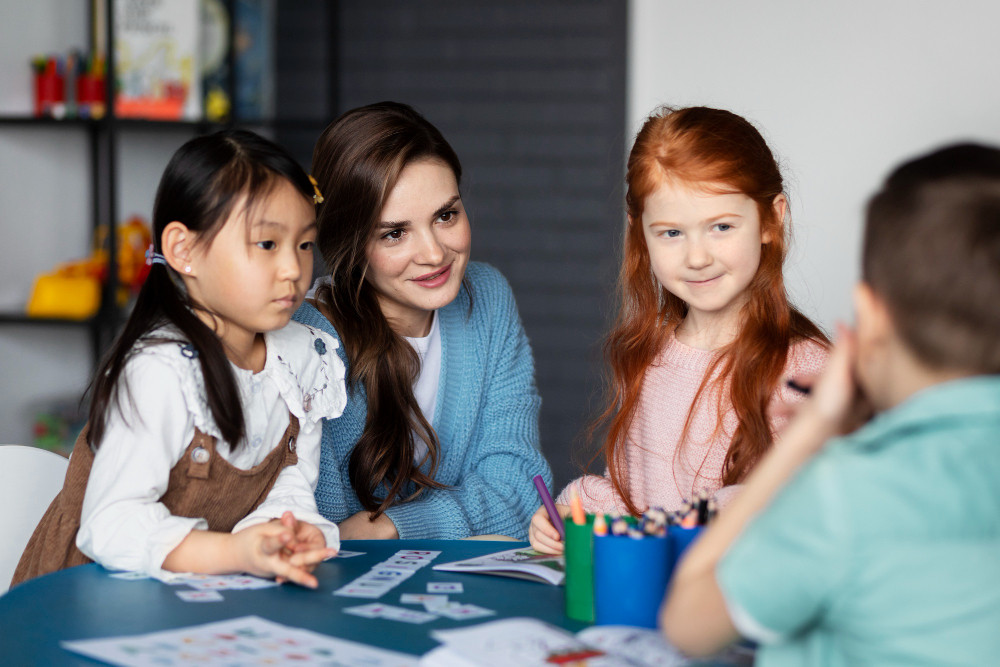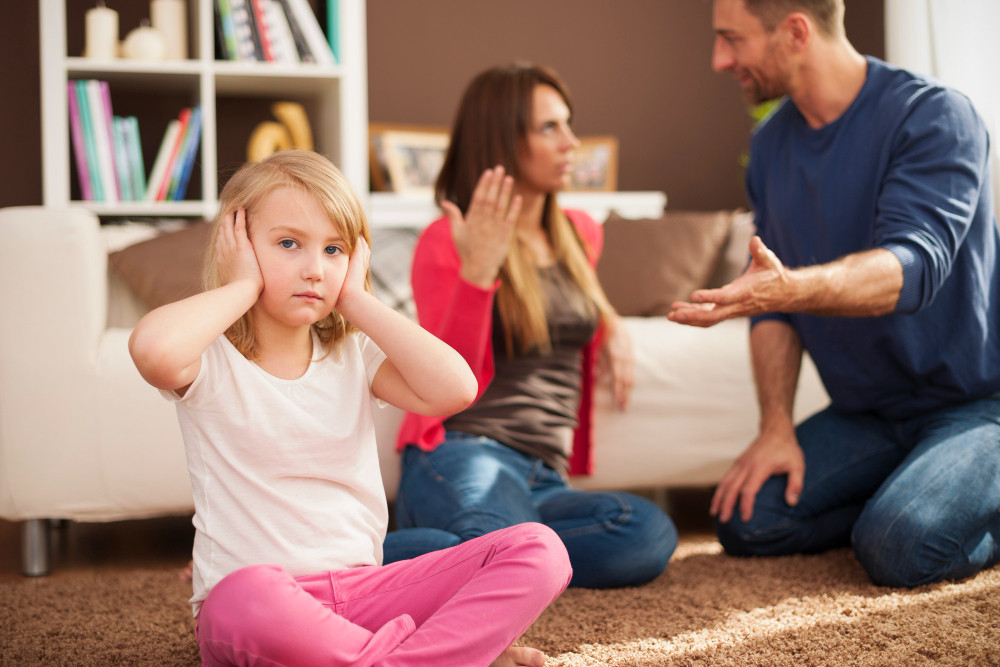
How to Create Awareness in Kids About the Outcome of Their Actions
Introduction: Practical Parenting Strategies for Raising Responsible and Honest Children
Every parent dreams of raising children who not only know right from wrong but also think carefully before acting. Yet in today’s fast-paced, distraction-filled world, kids are bombarded with quick rewards — likes on social media, instant entertainment, quick snacks — making it harder for them to understand that their actions have real consequences.
Teaching children about the outcomes of their actions isn’t just about discipline. It’s about building self-awareness, critical thinking, empathy, and responsibility — skills that will guide them through school, friendships, and eventually adulthood.
Unfortunately, many parents find themselves saying, “I’ve told them a hundred times, but they still do it!” The challenge isn’t just telling kids what’s right or wrong — it’s helping them connect the dots between their decisions and the results that follow.
In this guide, we’ll break down the exact steps you can take to create awareness in your child about consequences — without constant lectures or punishments. Instead, we’ll focus on proven parenting strategies, backed by everyday examples, that work in real homes.
1. What’s Really Going On?
Before we can guide children toward better decision-making, we have to understand why they sometimes ignore the possible outcomes of their actions.
Here are the most common reasons:
• Impulsiveness — Young kids, and even teens, often act without thinking because their brains are still developing self-control.
• Lack of perspective — They can’t always predict how their actions will affect themselves or others.
• Focus on short-term gain — A child might eat extra candy now and forget about the stomach ache later.
• Peer influence — Friends’ approval often outweighs the thought of consequences.
• Mixed messages at home — If parents sometimes excuse bad behavior but punish it at other times, children become confused about rules.
Example:
Eight-year-old Zara hides her homework and watches TV instead. She’s not thinking about how she’ll feel tomorrow when her teacher asks for it — she’s thinking about the fun she can have right now.
Parenting takeaway: Before correcting a child, pause and consider their state of mind. Are they rushing, tired, trying to fit in with friends, or seeking attention? Understanding the “why” will help you guide them better.
2. What to Say in the Moment
When a child makes a poor choice, the way you respond can either shut down the conversation or open the door for learning. The key is curiosity over criticism.
Instead of instantly scolding, try questions like:
• “What do you think will happen if you do that?”
• “How would you feel if someone did that to you?”
• “What’s another way you could handle this?”
This approach does two things:
1. It encourages reflection. Kids begin to think ahead about possible outcomes.
2. It keeps them engaged. They’re more likely to listen when they feel involved in finding the solution.
Example:
If your child borrows something without asking, instead of yelling, you could say:
“I see you took your sister’s markers without asking. How do you think she’ll feel when she finds out?”
That one question invites empathy and problem-solving instead of fear.
3. Teach Through Real-Life Examples
Stories stick with kids far longer than lectures. Use everyday life to illustrate the connection between actions and consequences.
• From their own life: “Remember last week when you didn’t pack your sports shoes? How did that affect your game?”
• From books or shows: Pause during a movie and ask, “What do you think will happen next because he made that choice?”
• From your life: Share your own childhood mistakes and what you learned from them.
Why this works: Children learn better when they can see cause-and-effect in a relatable, non-threatening way.
4. Let Natural Consequences Do the Teaching
Sometimes, the most powerful teacher is reality itself. Instead of rushing to rescue your child from the results of their actions, let them feel the (safe) outcome.
Example:
If your child forgets their lunch, instead of driving it to school every time, let them experience mild hunger for a couple of hours. It’s uncomfortable, but it builds memory and responsibility far better than a lecture.
Parenting caution: Choose situations where the consequence is safe but meaningful. Avoid letting them face dangerous or harmful outcomes.
5. Model the Behavior You Want to See
Children are like mirrors — they reflect what they see. If you want them to take responsibility, show them how.
• Admit your mistakes openly: “I forgot to pay the bill on time, so now there’s a late fee. I’ll set a reminder next time.”
• Handle problems calmly: If you spill something, clean it up without blaming others.
• Follow through on promises: Consistency teaches reliability.
Example:
If you expect your child to apologize after hurting someone’s feelings, let them see you do the same when you make a mistake.
6. Keep the Conversation Ongoing
Teaching awareness isn’t a “one and done” lesson — it’s an ongoing dialogue.
• Use dinner time to talk about decisions they made that day and how they felt about the outcomes.
• Share “decision stories” from your own life to keep the topic alive.
• Praise small wins in real-time: “I noticed you stopped and thought before speaking — that’s real maturity.
” Why this matters: Regular check-ins help children turn awareness into habit.
7. Celebrate Honest Moments
Honesty, especially when it’s hard, should be recognized and valued.
• Verbal praise: “I’m proud of you for telling me, even though it was difficult.”
• Extra privileges: Let them choose a family game or weekend activity.
• Simple connection: A hug, a smile, or a high-five reinforces the bond.
Example:
When your child admits to breaking something instead of hiding it, use it as an opportunity to say:
“Mistakes happen. What matters is that you were honest. That builds trust between us.”
8. Avoid Common Mistakes That Break Trust
While teaching kids about outcomes, some common parenting habits can unintentionally damage trust:
• Overreacting to mistakes — Kids will hide the truth if they fear your reaction.
• Inconsistent rules — Changing expectations confuses them.
• Comparing siblings — This creates resentment instead of learning.
• Doing everything for them — They never feel the weight of their choices.
Tip: Think of yourself as a coach, not just a rule-enforcer. Guide more, rescue less.
9. Age-by-Age Approach to Teaching Consequences
• Ages 3–6: Use simple cause-and-effect (“If you don’t wear your coat, you’ll be cold.”) and short, clear explanations
.• Ages 7–10: Introduce discussions about fairness and how actions affect others.
• Ages 11–14: Talk about long-term impacts, like trust and reputation.
• Ages 15–18: Connect decisions to future goals, finances, and independence.
10. Final Takeaway
Creating awareness in kids about the outcomes of their actions isn’t about punishment or constant warnings. It’s about:
• Helping them connect choices to results.
• Allowing safe mistakes.
• Modeling responsibility yourself.
• Reinforcing honesty and trust.
Over time, these strategies shape children into thoughtful, responsible, and self-aware adults who can make good decisions even when you’re not there to guide them.







